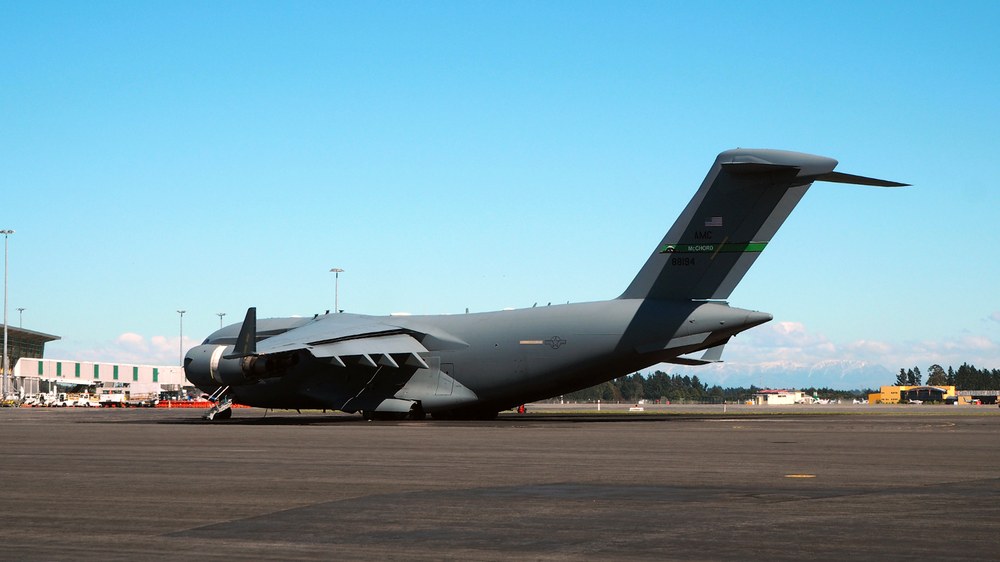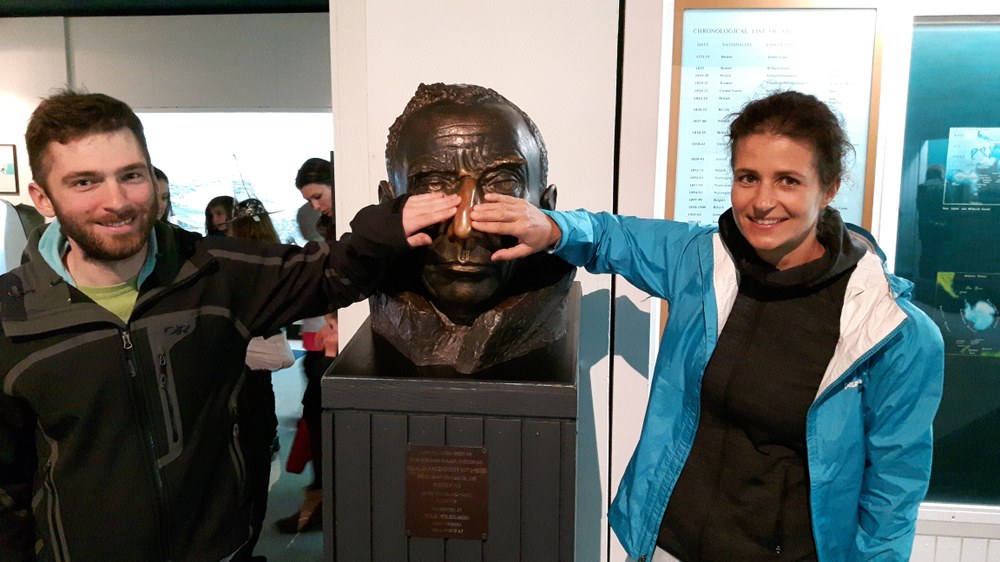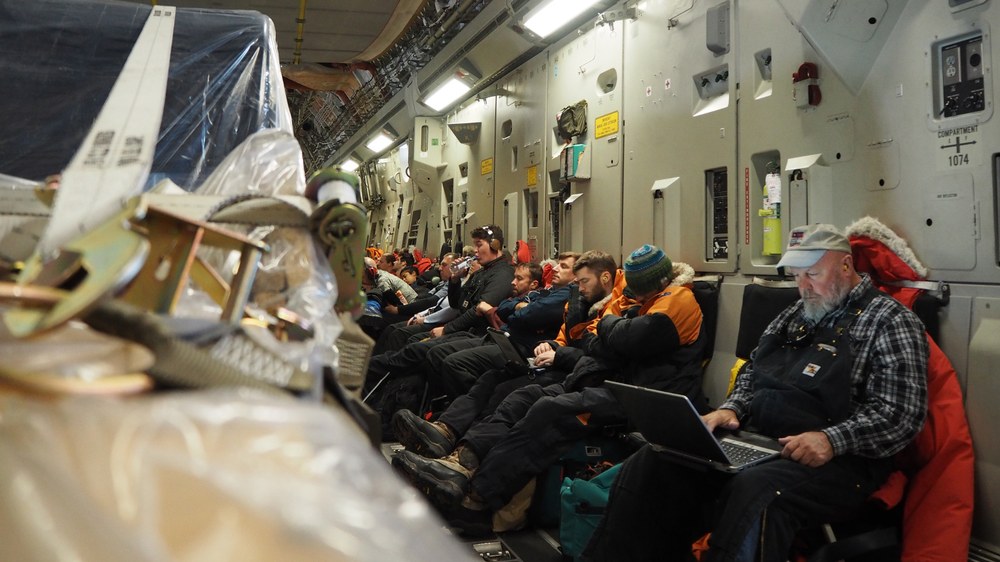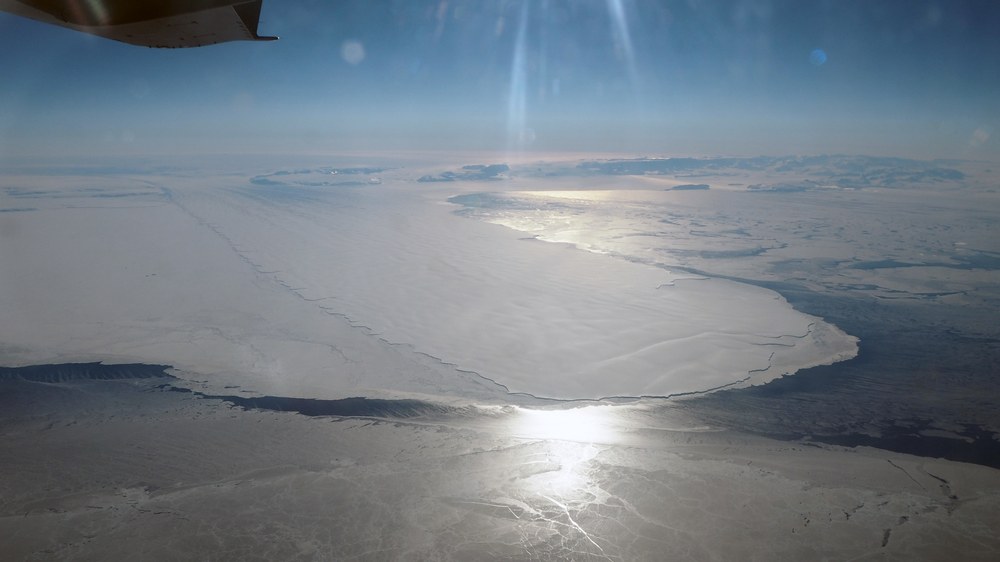The TIDEx-Campaign on Darwin Glacier: Part 2 – At the Gateway to Antarctica
October 28 - November 01, 2016
After a 28-hour flight I had arrived 11 time zones further East in Christchurch. This city with 390.000 residents is New Zealnd’s gateway to Antarctica. In olden days the harbor of Lyttleton, only 10 km south of central Christchurch, was the base for Scott’s and Shackleton’s expeditions to the South Pole. Today, the International Airport of Christchurch serves this purpose. It is the central hub for traveling to the Antarctic continent. Particularly in summer months, New Zealand’s and the US air force transports passengers and equipment to the stations in the Ross Sea area.

Antarctica is omnipresent in Christchurch. You find scientific institutions like Gateway Antarctica, where my TIDEx partners are accommodated or the International Antarctic Center. It hosts, amongst others, Antarctica New Zealand, the institute which manages New Zealand’s interests in Antarctica and the Ross Sea. It also, by the way, helped in organizing our campaign on Darwin Glacier and provides scientific support. The International Antarctic Center also offers public entertainment, just as the Canterbury Museum. There you find a copy of the bronze bust of Roald Amundsen. When you are travelling to Antarctica via Christchurch it is a “must” to see Amundsen and rub his nose for good luck.

However, for me staying in Christchurch was not participating in a tourist program but to meet my colleagues from Gateway Antarctica and discuss and prepare our forthcoming campaign. Finally, on October 31, after only a short time of waiting we were ready for heading South.
Together with fellow passengers, a C17 Globemaster took us in about 5 hours across the Southern Pacific Ocean to the US McMurdo station.

When approaching Antarctica a clear blue sky greeted us and allowed stunning views of the icy scenery. Landing on the Pegasus Field, one of three airstrips serving McMurdo, was uncomplicated. McMurdo is the largest research station on Antarctica, located at Ross Island’s southern tip. A 3 km long road connects to New Zealand’s Scott Base. Ross Island is towered by the two volcanoes Mt. Erebus and Mt. Terror. Both are named after the expedition ships of James C. Ross, who discovered the island in 1841. Slightly to the west of Ross Island, on Antarctica’s mainland in Victoria Land, the unique dry valleys can be found. We only had a short glimpse of them from above.

At Scott Base
A 40-minute bus drive brought us from the ice runway to Scott Base, New Zealand’s permanent outpost on Antarctica named after Robert Scott who led the British Antarctic Expedition in 1910. In summer about 85 populate the station, in winter only about 10. Its green buildings accommodate us until we depart for Darwin Glacier.
The first time at Scott Base was filled with routine work: Prepare the equipment and present campaign details to authorities of the base. We were not allowed to leave Scott Base until we had successfully completed the „Antarctica Field Training“ (AFT). The AFT will be the topic of my next blog. For the time being I enjoy the calm fresh air at up to -20°C and 24 hours of sunshine.

